Administrative divisions of Germany
Administrative divisions of Germany
This animation presents the states and state capitals of Germany
Grades 7 – 12
mozaLink
/Weblink
Scenes
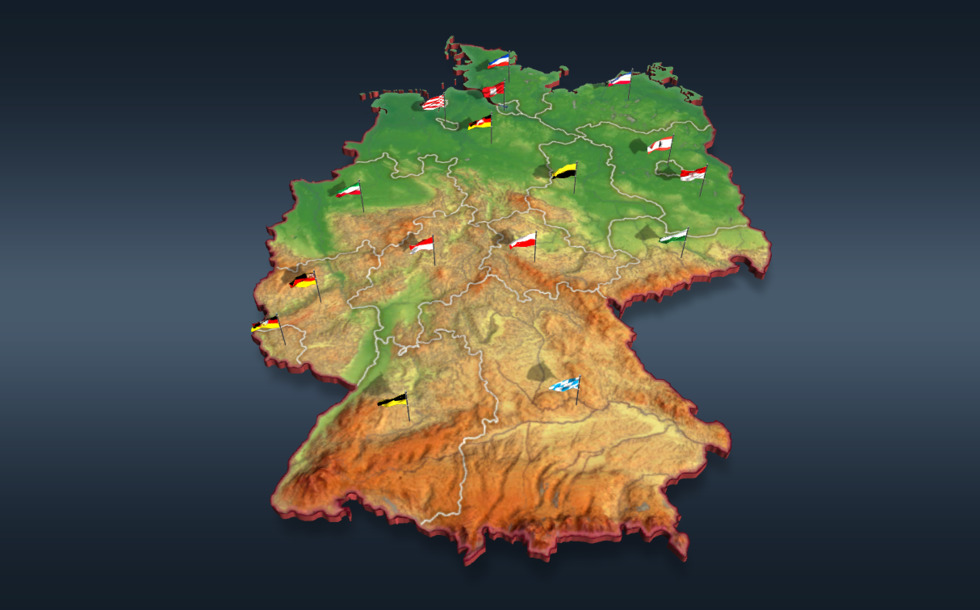
States
- Baden-Württemberg
- Bavaria
- Berlin
- Brandenburg
- Bremen
- Hamburg
- Hessen
- Mecklenburg-Vorpommern
- Lower Saxony
- North Rhine-Westphalia
- Rhineland-Palatinate
- Saarland
- Saxony
- Saxony-Anhalt
- Schleswig-Holstein
- Thuringia
The Federal Republic of Germany is one of the largest and most populous countries in Europe with its area of 357,000 km² and population of 81 million.
The administrative system of Germany is divided into three levels: the federation, the states and the municipalities, the representatives of which are elected by the citizens. The chief executive body is the Federal Government, which consists of the Federal Chancellor (the head of government) and the Federal Ministers.
Germany consists of 16 federal states, three of which, Berlin, Hamburg and Bremen, are city-states. (the state of Bremen, officially the Free Hanseatic City of Bremen, is actually made up of two cities.) Each of the states has its own government, prime minister and parliament, which have wide powers.
In the German administrative system, municipalities include districts, cities and villages, with elected representatives and mayors.
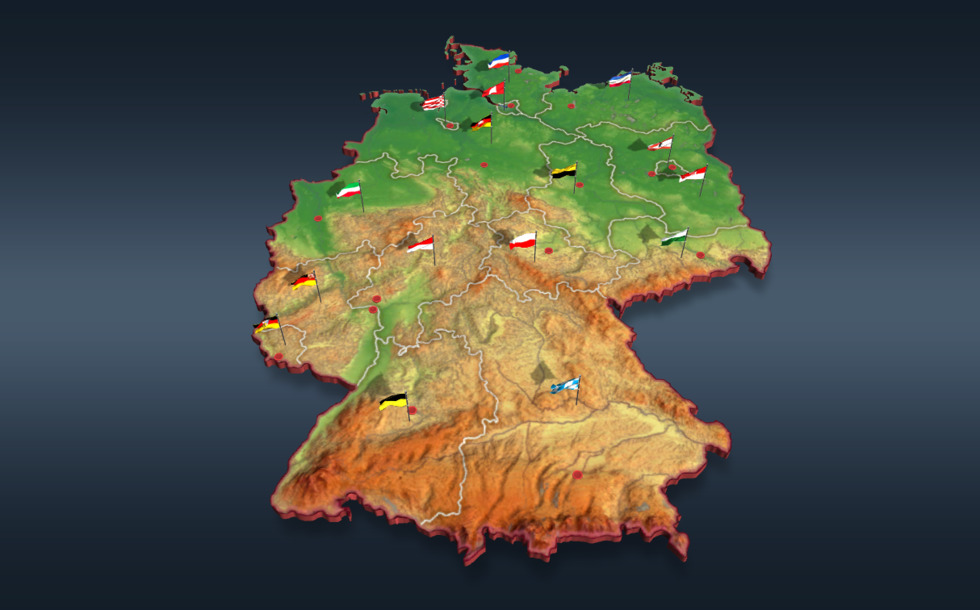
State capitals
- Stuttgart
- Munich
- Berlin
- Potsdam
- Bremen
- Hamburg
- Wiesbaden
- Schwerin
- Hannover
- Düsseldorf
- Mainz
- Saarbrücken
- Dresden
- Magdeburg
- Kiel
- Erfurt
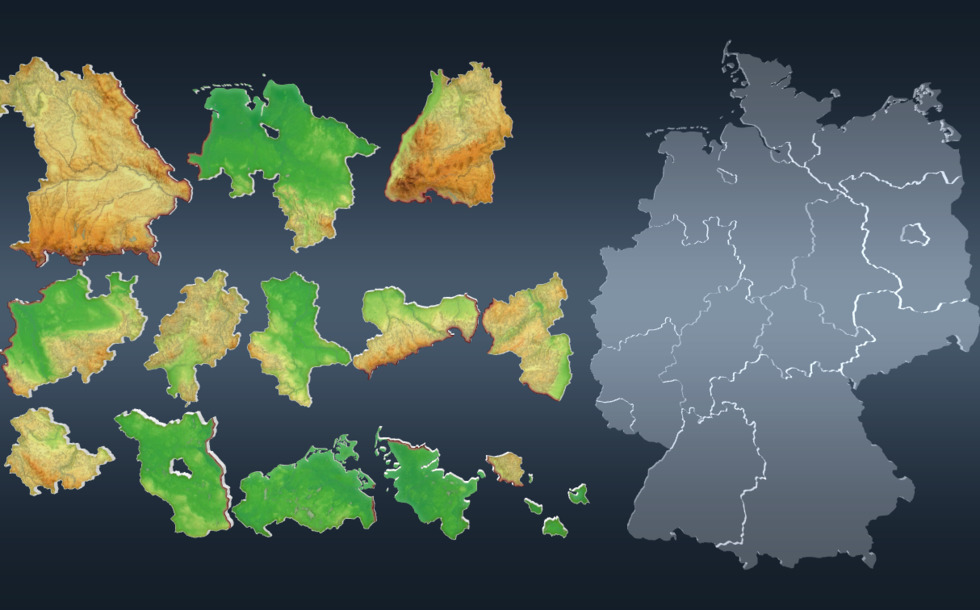
Game
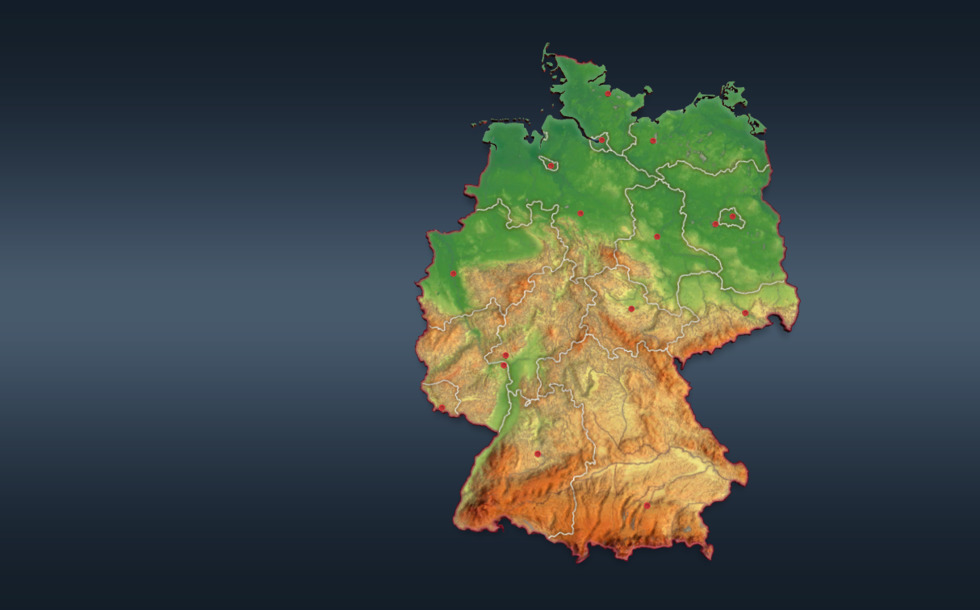
Quiz
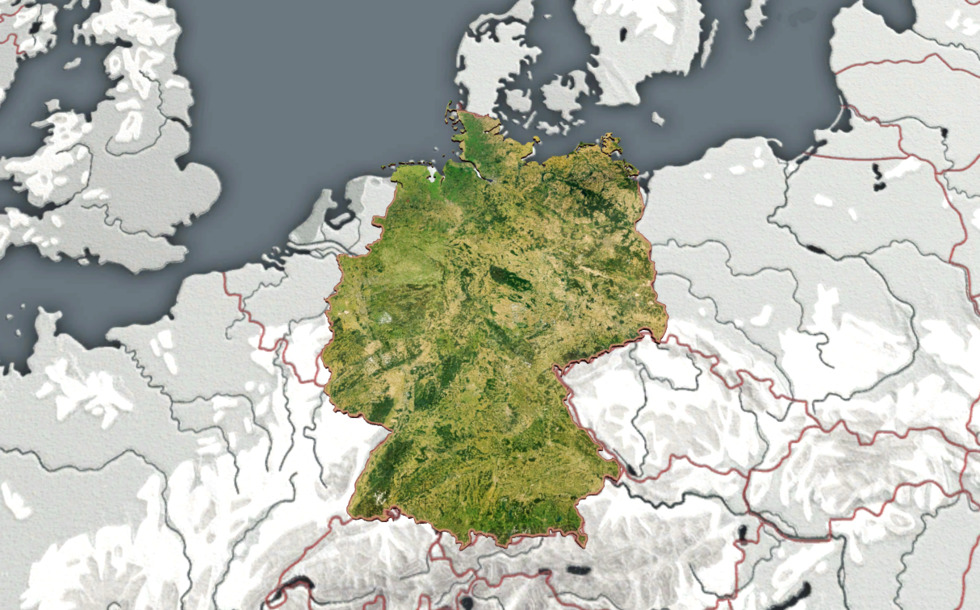
Germany
- The Netherlands
- Belgium
- Luxembourg
- France
- Switzerland
- Austria
- Czech Republic
- Poland
- Denmark
- Germany

